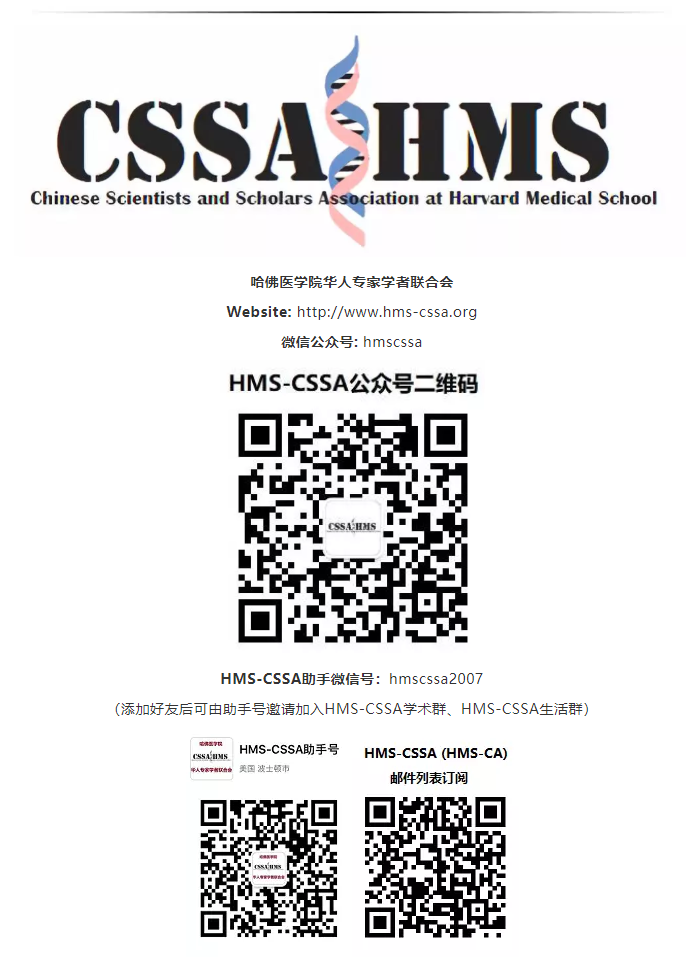2019
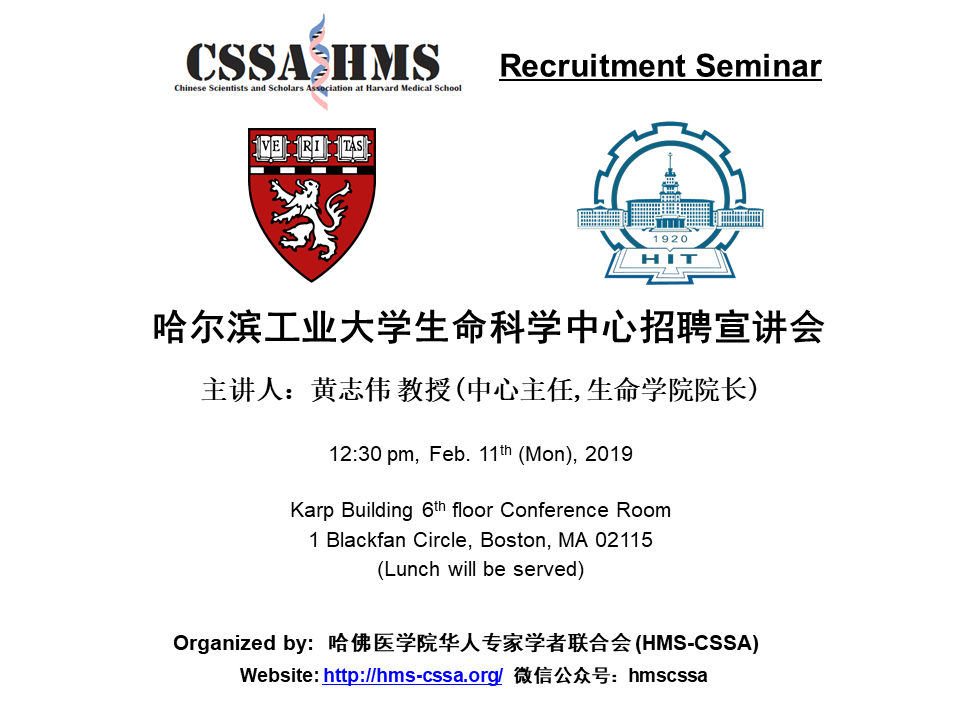
哈尔滨工业大学生命科学中心招聘宣讲会
Tenure-track Positions at HIT Center for Life Sciences
Introduction
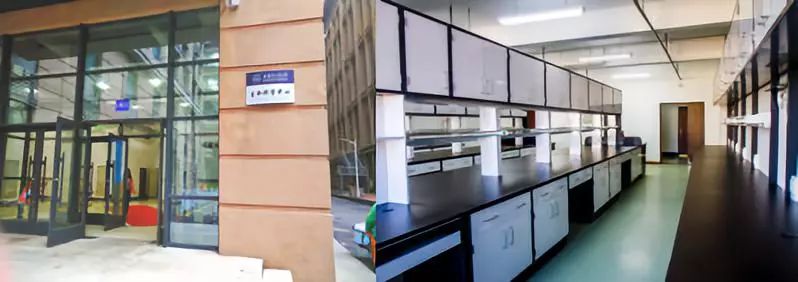
Core Facility
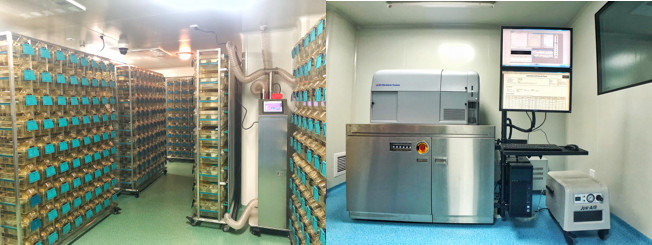
Recruitment
Qualified candidates must have a Ph.D. degree or equivalent plus postdoctoral experience, an excellent record of research accomplishments and great potentials in biomedical fields. Researchers specialized in Neurobiology, Microbiology & Immunology, Molecular biophysical and structural biology(CryoEM), Cancer biology, Nano-biotechnology, Proteomics, Genome engineering, DNA damage and repair, and Tissue engineering are particularly encouraged to apply.
Package
HCLS provides a very attractive start-up package, internationally competitive salaries/benefits and newly renovated space. The initial appointment for PIs will be 5 years, with full funding support from HIT. Renewal of the appointment will be based on merit and is conditional upon passing reviews by an international committee.
1) Lab space: ≥150 m2;
2) Start-up fund: 10,000,000 RMB;
3) Salary: ≥450,000 RMB depending on experience and academic accomplishments, full benefits are provided;
4) Settlement allowance: ≥600,000 RMB;
5) Guaranteed graduate student quota;
6)Service-oriented office organization, including assistance to arranging daycare and school for child.
Application Materials
Including a cover letter, a full CV, publication list, names and contact information of three referees, and a statement of research plans, materials should be sent to email:huangzhiwei@hit.edu.cn . The selection process will continue until positions are filled.
Principal Investigator (PI)
Prof. Zhiwei Huang

Research Area:
Mechanisms of Infection and Host Defense
Research Introduction:
1. The molecular mechanism of co-evaluation of adaptive immunity in bacteria and bacteriophage defence; genome editing using CRISPR technique.
2. Micro-ecology related diseases.
3. Structural and functional analysis of macromolecule complex relative to immunity and infectious diseases.

Major Publications:
1. Minghui Guo, Kuan Ren, Yuwei Zhu, Ziyun Tang, Yuhang Wang, Bailing Zhang and Zhiwei Huang#(2019). Structural insights into a high fidelity variant of SpCas9. Cell Research . DOI:10.1038/s41422-018-0131-6
2. De Dong*, Minghui Guo*, Sihan Wang*, Yuwei Zhu, Shuo Wang, Zhi Xiong, Jianzheng Yang, Zengliang Xu and Zhiwei Huang# (2017). Structural basis of CRISPR-SpyCas9 inhibition by an anti-CRISPR protein. Nature. DOI:10.1038/nature22377
3. Dan Wu*, Xiaoyu Guan *, Yuwei Zhu*, Kuan Ren, Zhiwei Huang# (2017). Structural basis of stringent PAM recognition by CRISPR-C2c1 in complex with sgRNA. Cell Research. doi: 10.1038/cr.2017.46.
4. De Dong*, Kuan Ren*, Xiaolin Qiu*, Jianlin Zheng, Minghui Guo, Xiaoyu Guan, Hongnan Liu, Ningning Li, Bailing Zhang, Daijun Yang, Chuang Ma, Shuo Wang, Dan Wu, Yunfeng Ma, Shilong Fan, Jiawei Wang, Ning Gao and Zhiwei Huang#(2016). Crystal structure of CRISPR-Cpf1 in complex with CRISPR RNA (crRNA).Nature. 532, 522-526. (This paper is highlighted in Nature Reviews Microbiology (2016), and Nature Structural & Molecular Biology, 23, 365-366 (2016))
5. Yingying Guo*, Liyong Dong*, Xiaolin Qiu*, Yishu Wang, Bailing Zhang, Hongnan Liu, You Yu, Yi Zang, Maojun Yang and Zhiwei Huang# (2014). Structural basis for hijacking CBF-β and CUL5 E3 ligase complex by HIV-1 Vif. Nature. 505, 229-233. (This paper is featured with News & Views, Nature. 505, 167-168, highlighted in Nature Structural & Molecular Biology, 21, 117 (2014))
Prof. Yuanzheng He
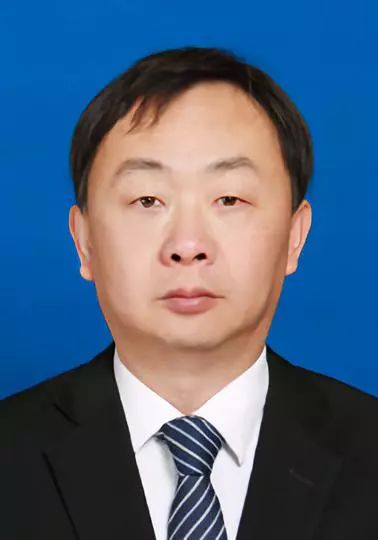
Research Area:
Receptor (GPCRs and nuclear receptors) signaling, structure and drug discovery
Research Introduction:
Dr. He’s research interests are hormone receptor signaling and the related translational studies, focusing on steroid hormone receptors (i.e. the glucocorticoid receptor, GR) and the G-protein coupled receptors (GPCRs). The overall research goal of Dr. He is to use cutting edge structural biology tools, including the emerging cryo-electron microscopy (EM), to explore the molecular detail, including those at the atomic level, of receptor signaling and use it to design precision medicines that specifically deliver the desired treatment effects, but not the unwanted side effects, to patients.

Major Publications:
1, Zhou XE*, He Y*, de Waal PW*, Gao X*, Kang Y, Van Eps N, Yin Y, Pal K, Goswami D, White TA, Barty A, Latorraca NR, Chapman HN, Hubbell WL, Dror RO, Stevens RC, Cherezov V, Gurevich VV, Griffin PR, Ernst OP, Melcher K, Xu HE. Identification of Phosphorylation Codes for Arrestin Recruitment by G Protein-Coupled Receptors. Cell, 2017 Jul 27;170(3):457-469.e13. doi: 10.1016/j.cell.2017.07.002. *, contribute equally, co-first author. Cover article of Cell v170.
2, He Y#, Gao X, Goswami D, Hou L, Pal K, Yin Y, Zhao G, Ernst O.P, Griffin P, Melcher K, Xu HE#. Molecular Assembly of Rhodopsin with G-Protein Coupled Receptor Kinases. Cell Res. 2017 Jun;27(6):728-747. doi: 10.1038/cr.2017.72. #, corresponding author.
3, Kang Y*, Zhou XE*, Gao X*, He Y*,Liu W, Ishchenko A, …Stevens RC, Cherezov V, Melcher K, Xu HE. Crystal structure of rhodopsin bound to arrestin determined by femtosecond X-ray laser. Nature. 2015 Jul 30;523(7562):561-7. *, contribute equally, co-first author.
4, He Y#,Yi W, Suino-Powell K, Zhou XE, Tolbert WD, Tang X, Yang J, Yang H, Shi J, Hou L, Jiang H, Melcher K, Xu HE#. Structures and mechanism for the design of highly potent glucocorticoids. Cell Res. 2014 Jun;24(6):713-26. #, corresponding author.
5, He Y#, Xu Y, Zhang C, Gao X, Dykema KJ, Martin KR, Ke J, Hudson EA, Khoo SK, Resau JH, Alberts AS, MacKeigan JP, Furge KA, Xu HE#. Identification of a lysosomal pathway that modulates glucocorticoid signaling and the inflammatory response. Sci Signal. 2011 Jul 5;4(180):ra44. Cover article. #, corresponding author.
Prof. Minghui Li

Research Area:
Structural biology of membrane proteins
Research Introduction:
Dr. Li works on the structural biology of membrane proteins. Membrane proteins control the transmembrane transportation of substance and transmembrane signal transduction. They also participate various energy transduction and intramembrane catalytic process. Their dysfunction causes many disorders in humans. Dr. Li’s group use cryo-electron microscopy and X-ray crystallography to solve the structures of important membrane proteins including ion channels, transporters, and membrane receptors. These structures will help greatly on the elucidation of the mechanism of these proteins’ function and their relationship with human health.
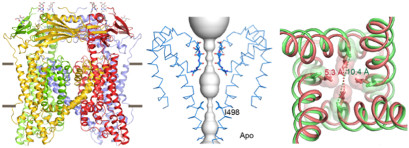
Major Publications:
1. Li M*, Zhou X*, Wang S*, Michailidis I, Gong Y, Su D, Li H, Li X, Yang J. (2017) Structure of a eukaryotic cyclic-nucleotide-gated channel.Nature. 542:60-65 (* Equal contribution)
2. Li M*, Zhang WK*, Benvin NM*, Zhou X, Su D, Li H, Wang S, Michailidis IE, Tong L, Li X, Yang J. (2017) Structural basis of dual Ca2+/pH regulation of the endolysosomal TRPML1 channel.Nat Struct Mol Biol.24:205-213 (* Equal contribution)
3. Zhou X*,Li M*, Su D*, Jia Q, Li H, Li X, Yang J. (2017)Cryo-EM structures of the human endolysosomal TRPML3 channel in three distinct states. Nat Struct Mol Biol..24 : 1146-1154 (* Equal contribution)
Prof. Zheng Chen
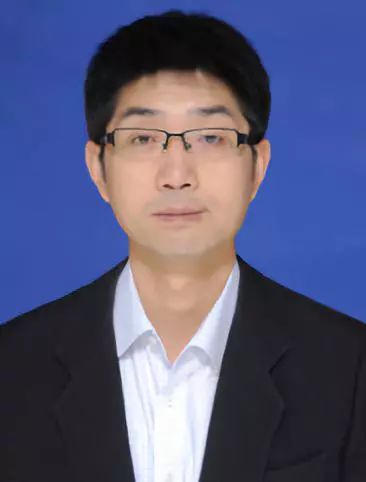
Research Area:
Molecular mechanisms of metabolic diseases
Research Introduction:
Dr. Chen has long been working on the molecular mechanisms of inflammation and metabolic diseases. The laboratory has three research directions:
1) Study the mechanism of action of NIK signaling pathway in inflammatory and metabolic diseases, and to investigate the possibility of NIK signaling pathway becoming a drug target;
2) Study the mechanism of lncRNA and RNA modification in the regulation of NIK signaling pathway;
3) Study the role and regulation of lncRNA and RNA modification in obesity and diabetes.

Major Publications:
1.Li X, Jia L, Chen X, Dong Y, Ren X, Dong Y, Chen Y, Xie L, Liu M, Shiota C, Gittes GK, Rui L, Chen Z*.Islet α-cell Inflammation Induced By NF-κB inducing kinase (NIK) Leads to Hypoglycemia, Pancreatitis, Growth Retardation, and Postnatal Death in Mice.Theranostics.2018 8(21):5960-5971
2.Ren X, Li X, Jia L, Chen D, Hou H, Rui L, Zhao Y, Chen Z*. A small-molecular inhibitor of NF-kB-inducing kinase (NIK) protects liver from toxin-induced inflammation, oxidative stress, and injury. FASEB Journal.2017 31(2):711-718.:
3.Qin W, Li X, Xie L, Li S, Liu J, Jia L, Dong X, Ren X, Xiao J, Yang C, Zhou Y, and Chen Z*. A long non-coding RNA, APOA4-AS, regulates APOA4 expression depending on HuR in mice. Nucleic Acids Research. 2016 44(13):6423-33. PMID: 27131369
4.Chen Z*. Progress and prospects of long noncoding RNAs in lipid homeostasis. Molecular Metabolism 2016 5(3), 164-170.
5.Chen Z, Morris DL, Lin J, Liu Y, Rui L. SH2B1 in β cells regulates glucose metabolism by promoting β cell survival and islet expansion. Diabetes. 2014, 63 (2), 585-595
Prof. Minghui Gao
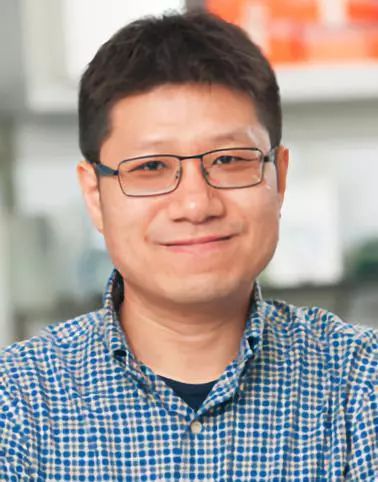
Research Area:
Programmed Cell Death, Cancer Metabolism
Research Introduction:
Death is the common fate of all living matters, including every cell in our bodies. While often detrimental and a sign of deterioration, cell death can also be an integral part of life and be harnessed, or programmed, to benefit the multicellular organism – the concept of “programmed cell death”. Programmed cell death plays critical roles in development and tissue homeostasis of multicellular organisms, and malfunction of programmed cell death contributes to the pathogenesis of a variety of human diseases, including cancer. We employ multiple approaches to study the molecular basis of programmed cell death. We also seek to translate our basic research findings into novel cancer therapies.
Currently, we focus on three topics:
1. Understand the molecular basis of ferroptosis and its function in human diseases
2. Study the molecular function of autophagy in programmed cell death
3. Investigate cancer cell metabolism
Major Publications:
1. Gao M*#, Yi J* Zhu J, Minikes A, Monian P, Thompson C, and Jiang X#. Role of Mitochondria in Ferroptosis. Molecular Cell.2018.73, 1–10.
2. Gao M#, Jiang X#. To Eat or Not to Eat – The Metabolic Flavor of Ferroptosis. Current Opinion in Cell Biology. 2018 51:58-64. (#Co-corresponding authors)
3. Gao M#, Monian P, Pan Q, Wei Zhang W, Xiang J, Jiang X#. Ferroptosis is an autophagic cell death process. Cell Research 2016 26(9):1021-32 (#Co-corresponding authors)
4. Gao M, Monian P, Jiang X. Metabolism and Iron Signaling in Ferroptotic Cell Death. Oncotarget 2015 6(34):35145-6.
5. Gao M, Monian P, Quadri N, Ramasamy R, Jiang X. Glutaminolysis and Transferrin Regulate Ferroptosis. Molecular Cell. 2015 59(2):298-308.
Prof. Ying Hu

Research Area:
Biological functions of proto-oncogene and tumor suppressor
Research Introduction:
Professor Ying Hu’s laboratory mainly focused on cancer biology specifically in the field of proto-oncogene and tumor suppressor’s functions. p53 is the most frequently-mutated gene in human tumors. Over 50% of all tumors and almost every type of tumor contain p53 mutations, whereas wild type p53 tumors are often accompanied with the defects in p53 signaling components. No doubt, revealing p53’s functions and its regulatory mechanisms is critical for understanding the molecular mechanisms of oncogenesis. Prof. Hu’s research interest is to investigate p53 signaling and particularly to dissect the interactions of p53 family members with other upstream regulatory proteins, such as ASPPs. Her group is focused on the translational and posttranslational regulatory mechanisms of ASPPs. Another paradigm of their work is to reveal p53-independent biological functions of ASPPs. The goal of laboratory is to develop clinically relevant biomarkers and therapeutic targets for human malignancy diseases.

Major Publications:
1) Huyi Li#, Xingwen Wang#, Cheng Zhang, Yiwei Cheng, Miao Yu, Wenjie Ge, Anyong Cai, Yao Zhang, Fengtong Han, Hu Ying*. HDAC1-induced epigenetic silencing of ASPP2 promotes cell motility, tumour growth and drug resistance in renal cell carcinoma. Cancer Lett. 2018 Jun 8;432:121-131. doi: 10.1016/j.canlet. 2018.06.009.
2) Wenjie Ge#, Kunming Zhao#, Xingwen Wang, Huayi Li, Miao Yu, Mengmeng He, Xuting Xue, Yifu Zhu, Cheng Zhang, Yiwei Cheng, Shijian Jiang, Hu Ying*. iASPP is an antioxidative factor and drives cancer growth and drug resistance by competing with Nrf2 for Keap1 binding. Cancer Cell, 2017 October 12 [Epub ahead of print].
3) Wang Xingwen, Cheng Yiwei, Zhu Yifu, Li Huayi, Ge Wenjie, Wu Xiaoliang, Zhao Kunming, Yuan J, Li Z, Jiang S, Han Zhengbin, Jiang Qinghua, Wu Qiong, Liu Tao, Zhang Cheng*, Yu Miao*, Hu Ying*. Epigenetic Silencing of ASPP1 confers 5-FU resistance in Clear Cell Renal Cell Carcinoma by preventing p53 activation. Int J Cancer. 2017 Jun 28. doi: 10.1002/ijc.30852. [Epub ahead of print].
Prof. Guangfu Wang
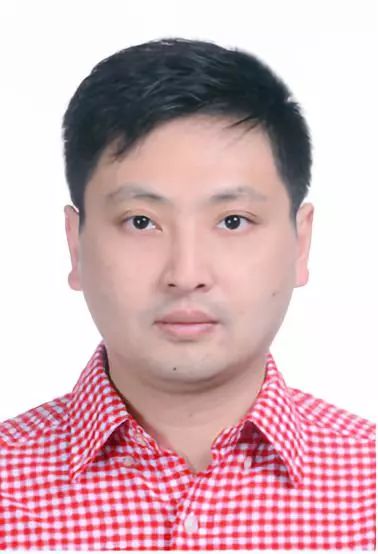
Research Area: Neuroscience
Research Introduction:
Dr. Wang’s major research interests are neuronal circuitry and synaptic plasticity with an emphasis on application of novel optical techniques. At PKU, Dr. Wang developed a system of holographic optical tweezers, and then at UVa, he built up an experimental setup featuring octuple whole-cell recording, two-photon imaging and optogenetic stimulation. Dr. Wang has applied these state-of-the-art techniques in diverse projects, including dissecting complex interneuronal circuits in neocortex, testing new fluorescence sensors of neurotransmitters, and investigating the synaptic glutamate receptor trafficking in various cognitive disorders. Dr. Wang’s current focus is the local circuitry of medial entorhinal cortex, which is related to spatial cognation and Alzheimer’s disease.

Major Publications:
1. Jing M, Zhang P, Wang G, Feng J, Mesik L, Zeng J, Jiang H, Wang S, Looby JC, Guagliardo NA, Langma LW, Lu J, Zuo Y, Talmage DA, Role LW, Barrett PQ, Zhang LL, Luo M, Song Y, Zhu JJ and Li Y (2018) A genetically encoded fluorescent acetylcholine indicator for in vitro and in vivo studies. Nature Biotechnology 36: 726-737.
2. Zhang L#,Zhang P#,Wang G#,Zhang H#,Zhang Y,Yu Y,Zhang M,Xiao J,Crespo P,Hell JW,Lin L,Huganir RL,Zhu JJ(2018)Ras and Rap Signal Bidirectional Synaptic Plasticity via Distinct Subcellular Microdomains. Neuron 98: 783-800.
3. Wang G, Bochorishvili G, Chen Y, Salvati KA, Zhang P, Dubel SJ, Perez-Reyes E, Snutch TP, Stornetta RL, Deisseroth K, Erisir A, Todorovic SM, Luo JH,Kapur J, Beenhakker MP, Zhu JJ (2015) CaV3.2 calcium channels control NMDA receptor-mediated transmission: a new mechanism for absence-like epilepsy. Genes Dev 29: 1535-1551.
4. Wang G#,Wyskiel DR#, Yang W, Wang Y, Milbern LC, Lalanne T, Jiang X, Shen Y, Sun Q-Q and Zhu JJ (2015) An optogenetics- and imaging-assisted simultaneous multiple patch-clamp recordings system for decoding complex neural circuits. Nat Protoc 10: 397-412.
5. Jiang X#, Wang G#, Lee AJ, Stornetta RL and Zhu JJ (2013) The Organization of Two New Cortical Interneuronal Circuits. Nat Neurosci 16: 210-218.
Scientific Advisory Board
|
Mu-ming Poo |
Member of Chinese Academy of Sciences, U.S. National Academy of Sciences. Director of Institute of Neuroscience, Chinese Academy of Sciences. |
| Yigong Shi | Member of Chinese Academy of Sciences, Foreign Member of U.S. National Academy of Sciences. President of Westlake University. |
| Xiaodong Wang | Member of U.S. National Academy of Sciences.Director of National Institute of Biological Sciences, Beijing. |
| Dinshaw J.Patel
|
Member of U.S. National Academy of Sciences. Professor at Memorial Sloan Kettering Cancer Center. |
| James H Naismith
|
Member of the Royal Society (FRS).Professor in Structural Biology at University of Oxford. |
| James(Zhijian Chen) | Member of U.S. National Academy of Sciences. Professor in Molecular Microbiology of Southwestern Medical Center at The University of Texas. |
| Arnold Driessen | Member of the Royal Academy of Sciences, Holland. Professor in Molecular Microbiology at the University of Groningen. |
|
Hao Wu |
Member of U.S. National Academy of Sciences. Professor at Department of Biological Chemistry and Molecular Pharmacology, Harvard Medical School. |
|
Yang Shi |
Member of the American Academy of Arts and Sciences.Professor at Harvard Medical School. |
(刘继业、王苏)
参见微信公众号文章